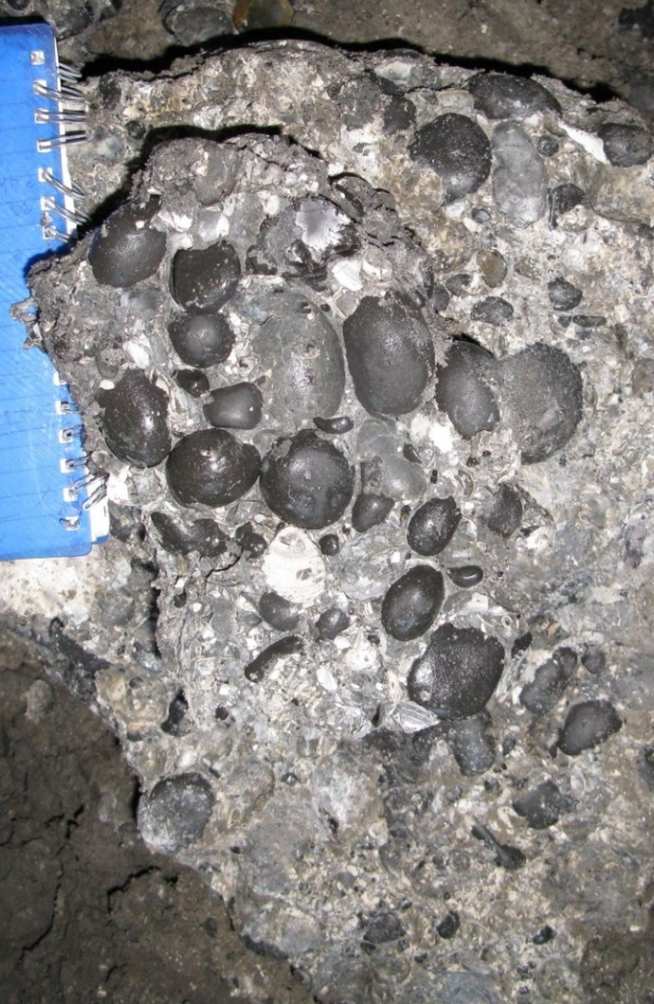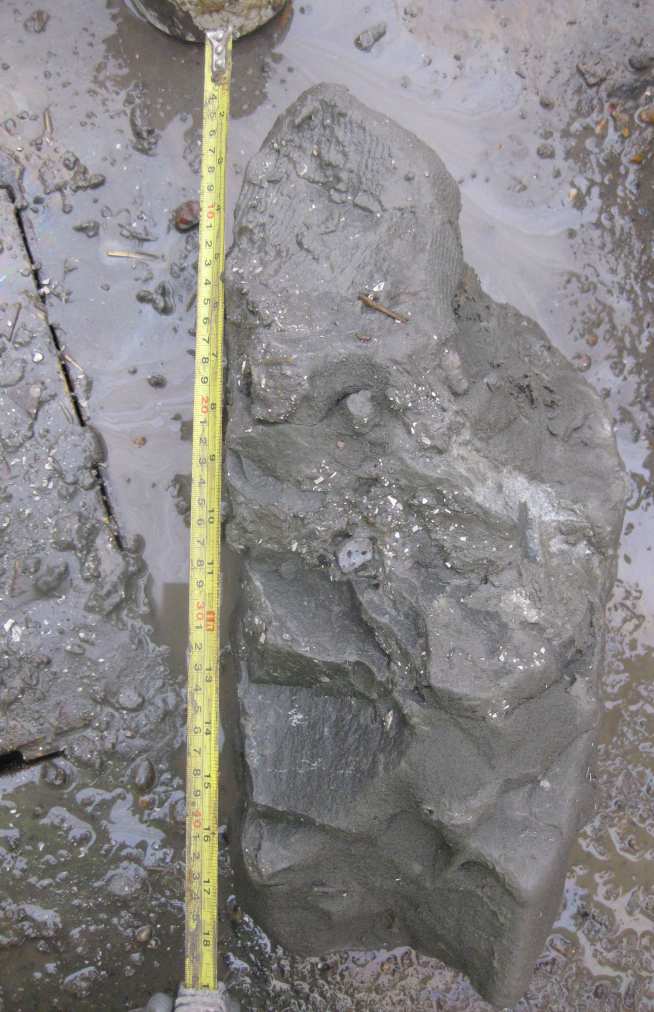Justyna Edgar
Infrastructure challenges posed by The Harwich Formation
Started: October 2016
Supervisors: Dr. Richard Ghail, Dr. James Lawrence
Funding: Concept; Geotechnical Consulting Group (GCG)
BACKGROUND:
The origin of the highly variable Palaeogene sequences of South East England remains a highly contested area of research. The Harwich Formation is the least understood and most unpredictable of these formations within the geological sequence of the London Basin. Its intermittent preservation, confusing lithologies, and limited previous research have led to a number of engineering challenges, particularly in the context of tunnelling and piling.
The ‘Harwich Formation’, named after the port of Harwich in Essex, was officially introduced by Ellison (1994) who grouped together sediments underlying London Clay Formation and overlying Lambeth Group. The sediments contained within Harwich Formation vary regionally, however for the purpose of this research the focus is on the area strictly within London District. Here, the area is predominantly occupied by sediments deposited in a shallow-shelf environments, with slow and interrupted sedimentation, influenced by periodic storm-generated wave activity (Ellison et al., 1994), these are represented by silty, sandy clays with the variable amount of glauconite (Swanscombe Member) and glauconitic, silty, fine grained sands and silts (Oldhaven Member). In places, a rounded flint gravel-dominated unit (Blackheath Member) is found, associated with tidal channels and nearshore sand and gravel bars. All of the above facies vary in thickness, mineral character and partly fauna.
The engineering hazards associated with Harwich Formation deposits are mainly due to:
• high sand/gravel content (high groundwater pressures and poor stability)
• cemented concretions of variable strengths, shapes and sizes
• high glauconite content (high plasticity)
Resolving these areas of uncertainty is critical for understanding the Formation’s lithological variability and in defining the apparent disconformity within its stratigraphy, and is essential for improving the accuracy of its engineering properties in predictive ground models.


DESCRIPTION OF RESEARCH:
The current distribution models of Harwich Formation are mainly based on field observations, exposure records and limited borehole data. Thanks to a vast industrial interest, a significant amount of data has been donated and will be used to create a detailed spatial model of the Formation.
This project will focus on the area between Wandsworth Bridge and Thames Barrier in London, UK, to study the origin of the Harwich Formation using a combination of stratigraphy and tectonic geomorphology techniques to identify factors responsible for the varied conditions present during its deposition. The research will closely investigate potential restrictions and changes within depositional patterns associated with faulting and tidal influence. The results will be used to interpret the processes controlling its depositional environment and to establish a comprehensive stratigraphical framework for the Harwich Formation.
RESEARCH AIM:
The research is part of a EPSRC (Engineering and Physical Sciences Research Council) Centre for Doctoral Training (CDT) Programme in Sustainable Civil Engineering - Imperial College London (ICL) and is sponsored by Concept and Geotechnical Consulting Group (GCG).
The research aim is to develop a stratigraphic framework of the Harwich Formation, providing a spatial model of its presence and variability to aid geotechnical engineering projects within the London Basin.
References:
ELLISON, R A, KNOX, R W O, JOLLEY, D W, and KING, C. 1994. A revision of the lithostratigraphical classification of the early Palaeogene strata of the London Basin and East Anglia. Proceedings of the Geologists' Association, Vol. 105, 187-197.
JUSTYNA EDGAR
PhD Candidate - Geotechnics
Department of Civil & Environmental Engineering
Imperial College London SW7 2AZ
j.edgar16@imperial.ac.uk


